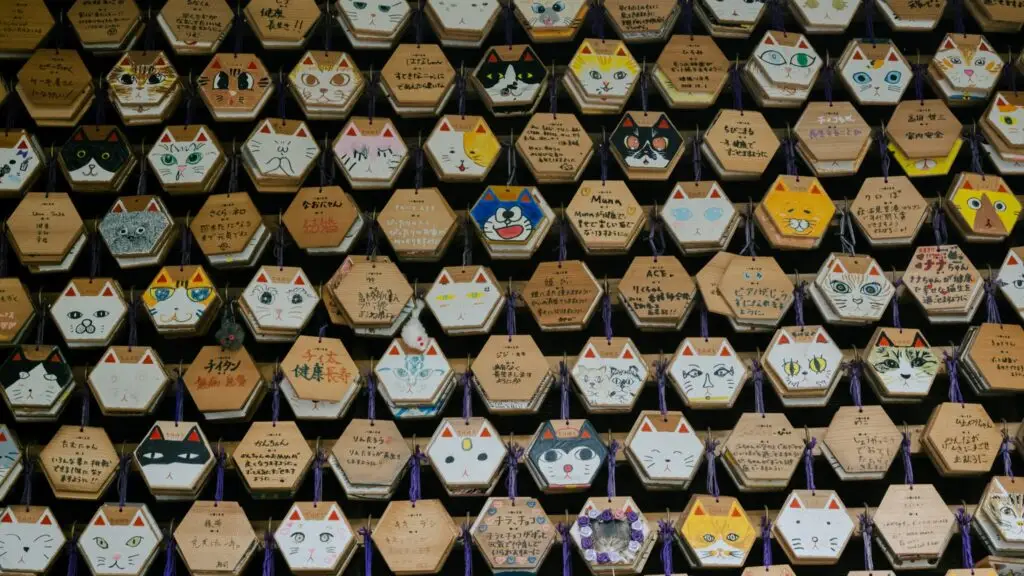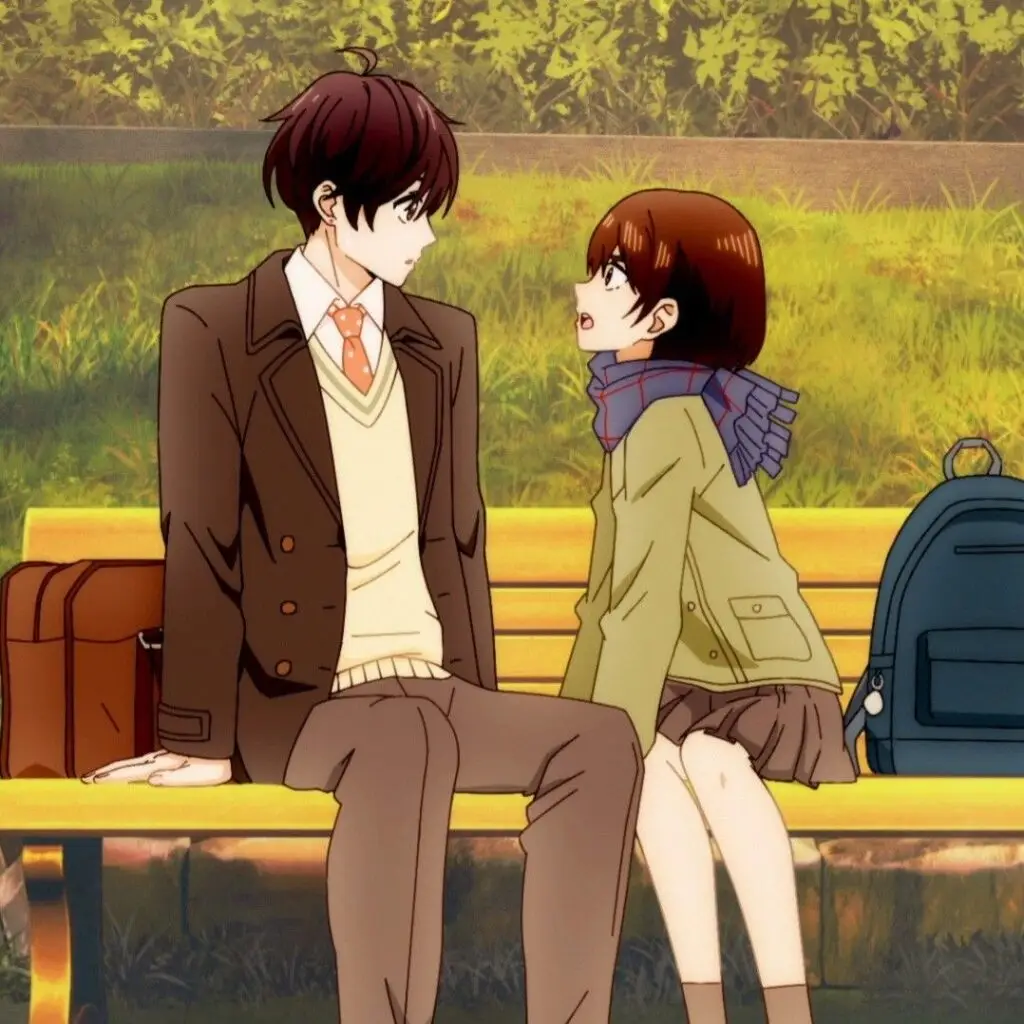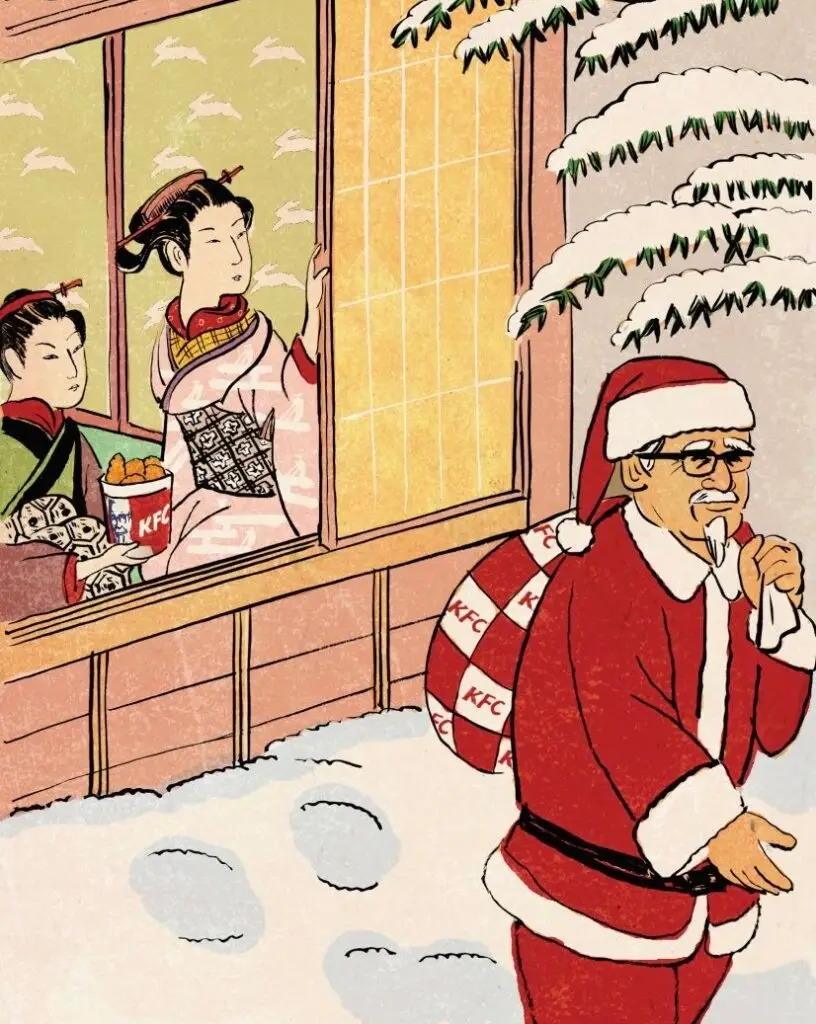Being South African and having to learn to “read the air” in Japanese work and social culture
Photo by Owen Ishii. How well you can kuuki o yomu—空気を読む— or rather “read the air” is quite an important feat in your survival skills when living in Japan. As a South African, experiencing this enigma firsthand has been a challenge, but it has also been fun, sparking curiosity in me as I go about my daily life. I have a few examples that would be difficult to understand if you’re also like me, not a seasoned reader of Japanese air. I was shopping for a few vegetables and meats after hours at my local grocery store. It was 20:00 on a weekday, and around that time, many people were still shopping or browsing aisles, from salarymen to your late-night studying high schoolers, and busy mothers. At a certain point, a specific song will echo across the whole grocery store to indicate that it is time to go. This song is a subtle, nonverbal signal that it is time to exit the grocery store. The song is usually a cheerful, catchy sing-along tune, and of course, I had no clue of its message. While I would still be standing by the tofu selection aisle, trying to decipher what it was I was looking at, the locals were already in line to pay and ultimately leave. Once I caught on, I could tell when to leave the department store or a mall. These small attention to details may get you out of trouble and save you from misunderstandings—you just need to know the “please go home tune”. You need to read the air. It simply became part of daily life. What does “reading the air” actually mean? This means recognizing unspoken cues, nonverbal language, and reading between the lines at all times, to gauge the mood and context, and thus act professionally and socially at all times. You need to hone the skill of understanding what is not being said, or not being said directly and indirectly. Compare this to South Africa, where someone would probably tell you, “Excuse me, we are about to close now.” This clear, almost confrontational way of communicating is expected when you are from a low-context culture like South Africa. The difference between high-context and low-context cultures lies in their communication styles and tones in social settings. High-Context and Low-Context Cultures I will use South Africa and Japan to demonstrate the differences between these two cultural approaches to communication, noting that these are circumstantial. High-context cultures rely on body language, tone, and overall context for communication. In these cultures, people often leave things unsaid to maintain harmony and support the group. In contrast, low-context cultures tend to communicate in a straightforward and direct manner. South Africa, for example, can be categorised as a low-context culture. Pay attention to the service people One memory that stands out for me is when my friend from Wakayama visited me in Tokyo. We spent an entire day exploring different neighborhoods. Thanks to Tokyo’s walkability, we strolled from Shibuya to Harajuku, then to Daikanyama, and finally ended up in Ebisu. By the end of the day, we were exhausted, but the night was still young. We stumbled upon a traditional Japanese bar on the third floor of a narrow building. The menus and signs were all in Japanese, which indicated that this spot was mainly frequented by locals. We decided to go in. As the evening progressed, we enjoyed ordering small dishes and having endless conversations. The customer service was exceptional, as expected. However, as closing time approached, the staff began offering us “o cha” (おちゃ), which is green tea. This was their way of subtly indicating that it was time for us to settle our bill and leave. We were not reading the air. How were we supposed to know that being offered green tea multiple times also meant, “This is your exit drink; it’s time to go”? You wouldn’t know unless you’ve learned to read the subtle cues and how you think something can mean one thing to you, but in fact, it means something entirely different. Needless to say, we settled the bill, apologised for staying too long, and left. They had given us one last signal; the dimming of lights—that sign I could understand. What reading the air taught me about Japanese culture is that you are required to know when to speak, when not to speak, when to understand what is being said, and what is not being said. This forces you to learn how to navigate many situations, wherever life takes you. I have also learned that you cannot change what has worked for others for many generations; it is either you adapt or go. In conclusion, kuuki wo yomu is like reading between the lines, except the lines are written in Japanese!



